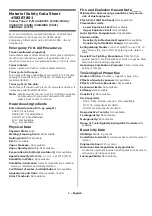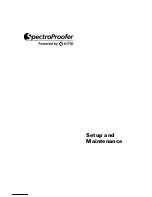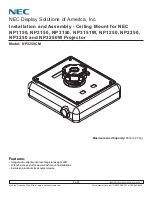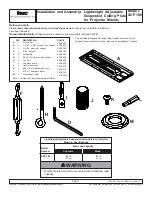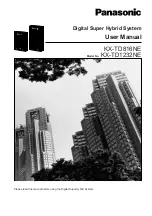
1 1 . Trick P l a y
Trick play such as S T I L L , S L O W and P I C T U R E
S E A R C H is possible by shifting tape speed. Tracking con
trol becomes difficult when the tape speed varies because
t h e video heads are forced to trace wrong tracks where a
h e a d becomes off-azimuth t o the recorded signal.
There are two problems in trick play.
1) V-sync
W h e n the tape runs fast or slow, the relative tape-to-head
velocity is shifted and the n u m b e r of scanning lines per
frame becomes smaller or larger t h a n 525. Then the verti
cal synchronization will be lost. To compensate this in trick
play quasi V-syncs are added next to the real V-syncs.
2) Azimuth loss
H e a d - A picks u p the signal on track A and head-B picks
u p that of head-B. When the tape speed is shifted, the video
heads trace tracks of wrong azimuth causing noise and
p o o r picture. There are two ways to solve this problem.
O n e is adjusting the phase of the tape to the heads with
a tracking variable resistor t o m a k e the heads trace the /
track center a n d to m a k e the crossing point of the track
boarder away from the center.
In this way the noise still remains in the picture. A n o t h e r
is adding extra head(s). A n additional h e a d - B ' of o p p o
site azimuth t o head A installed close to t h e m a i n head A
will pick u p the signal when A derails. A a n d A ' comple
ment each other and read a complete field.
4-head system has two pairs of complementary heads. T h e
track width of the two additional heads of the 4-head VCR
has been m a d e narrow t o meet slow m o d e tracks. There
fore, when slowly recorded tape is played the additional
heads become the main heads.
1 1 . 1 Frame STILL
In F r a m e Still, the picture vibrates when the image in the
original picture moves or the signal waveform of the field-B
differs from that of field-A because the screen displays
field-A a n d field-B alternately. The locus of heads and the
amplitude of reproduced R F signal are shown below.
1 1 . 2 Field STILL (Fine Still, Clear Still)
W h e n head A and B trace track center as shown in Fig. 31
(b), the picture will become coarse because they trace only
one field although the picture does not vibrate and become
noiseless.
Tape direction
1 1 . 4 x 2 and x 3 SPEED
In Fig. (c) A and B heads read imcomplete two fields.
RF signal
envelope
RF s w i t c h i n g
pulse (RFSWP)
(c) x 2 speed
Reproduced
RF signal
envelope
RFSWP
(a) Frame still
(b) Field still
1 1 . 3 S L O W
Simple SLOW: This just slows down the tape velocity. The
noise appears when a head crosses tracks.
Fine S L O W : This m e t h o d is a combination of Field Still
and Step Forward and is employed in V H S V C R s . The ve
locity shifts between Slow and Standard alternately.
id) x 3 speed
Fig. 3 1 Trick Play
44
2-head
VH-600
3-head
VE-D70
4-head
V X - 9 0
Fig. 3 0 Various Types of Head
Tracking
area

























